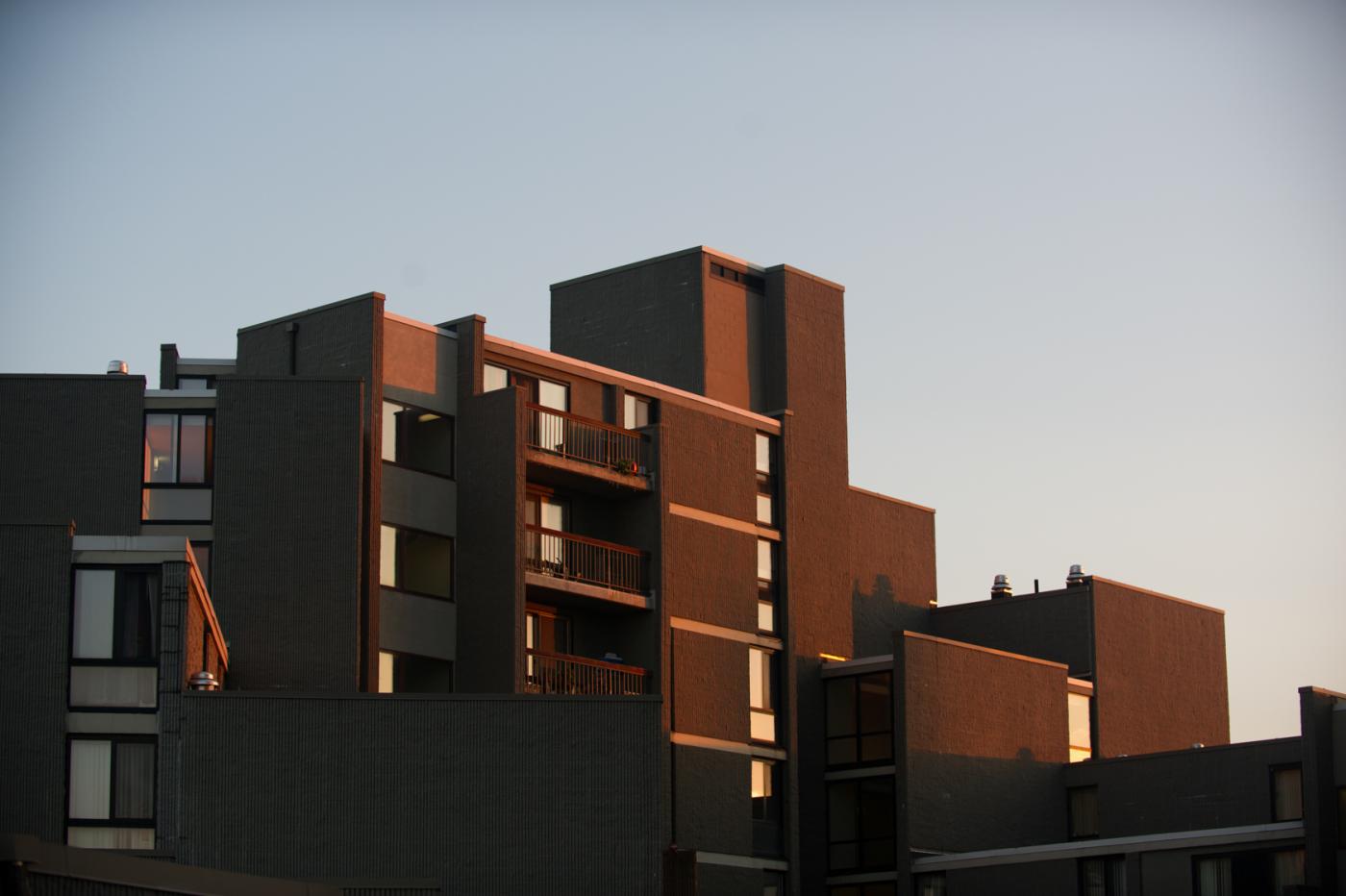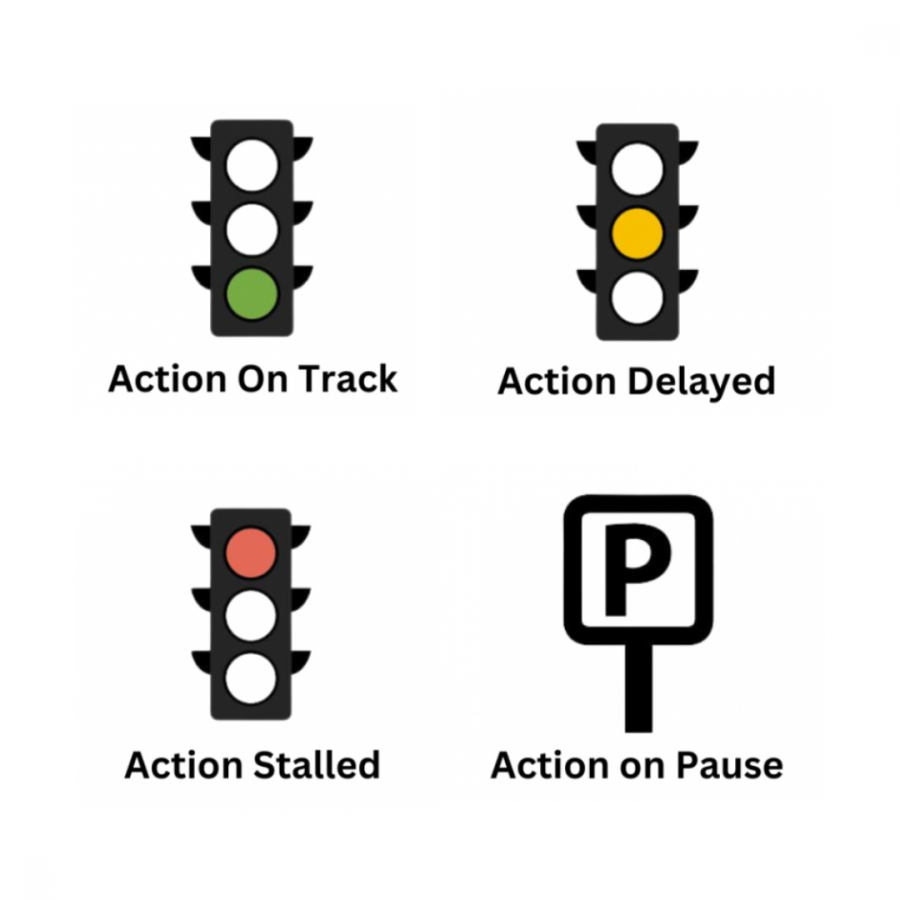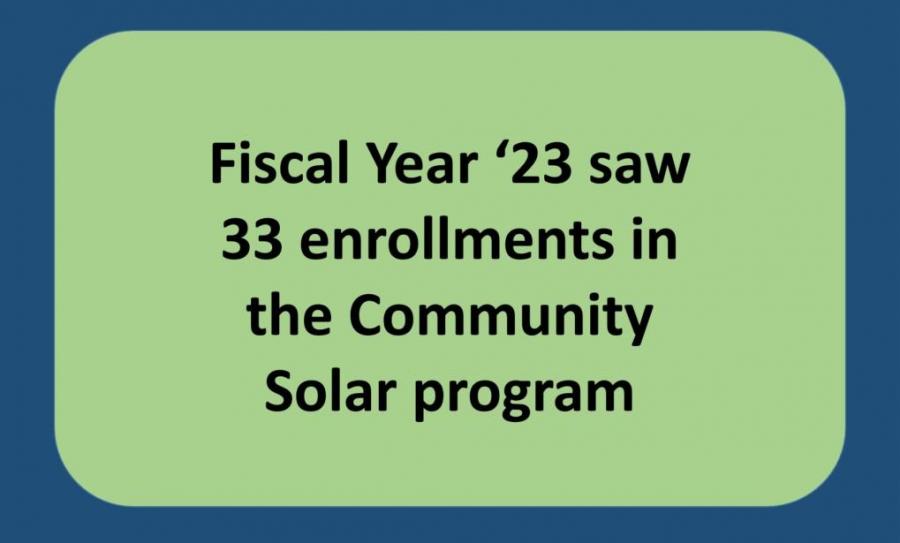| 1 | Continue to build the Cambridge Clean Heat Program and expand targeted outreach efforts | Short | On Track | Program Design and Planning, Program Implementation, Monitoring and Evaluation |
| 2 | Expand support for multifamily building electrification | Short | On Track | Program Design & Planning, Program Implementation, Monitoring and Evaluation |
| 3 | Engage with development teams and partner organizations on district energy | Short | On Track | Advocacy |
| 4 | Engage the electric utility and building owners on deploying grid-interactive technologies | Short | On Track | Advocacy |
| 5 | Identify possible demonstration projects for low-carbon microgrids | Short | On Track | Program Design and Planning, Program Implementation, Monitoring and Evaluation |
| 6 | Lead engagement with utility and state partners to understand infrastructure needs to support decarbonization and the equity implications of these changes | Short | On Track | Advocacy |
| 7 | Create a program to facilitate local district energy connections | Short | On Track | Program Design & Planning |
| 8 | Examine ways to ensure the uptake of low-carbon district energy by new buildings where feasible | Medium | Future Activity | Program Design & Planning |
| 9 | Workforce Development | Medium | Future Activity | Program Design and Planning, Program Implementation |
| 10 | Engage building owners in expanding building to grid or grid interactive tech | Medium | Future Activity | Program Design and Planning, Program Implementation |
| 11 | Ensure inclusion of renewable thermal in any rental or transaction-point renovation standard | Medium | Future Activity | Program Design and Planning, Program Implementation |
| 12 | Integrate programs within Enhanced Community Choice Aggregation that provide new mechanisms for renewable thermal deployment | Long | Future Activity | Program Design and Planning, Program Implementation |
| 13 | Work with district energy system operators and legacy utilities to plan for a transition to decarbonized systems | Medium | Future Activity | Program Design and Planning, Program Implementation |











































